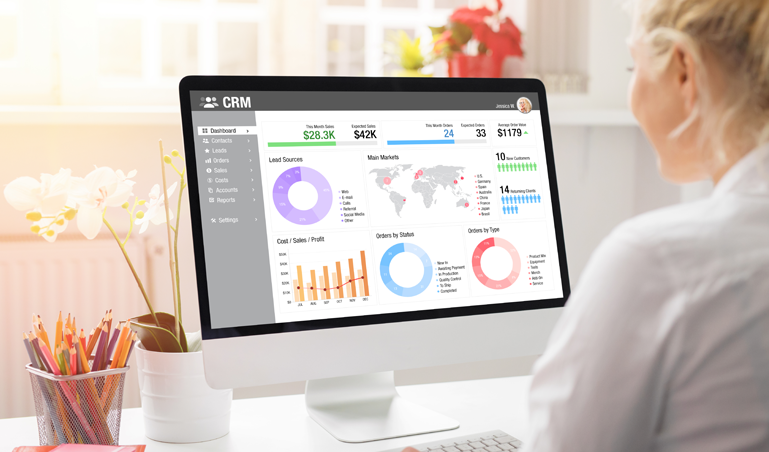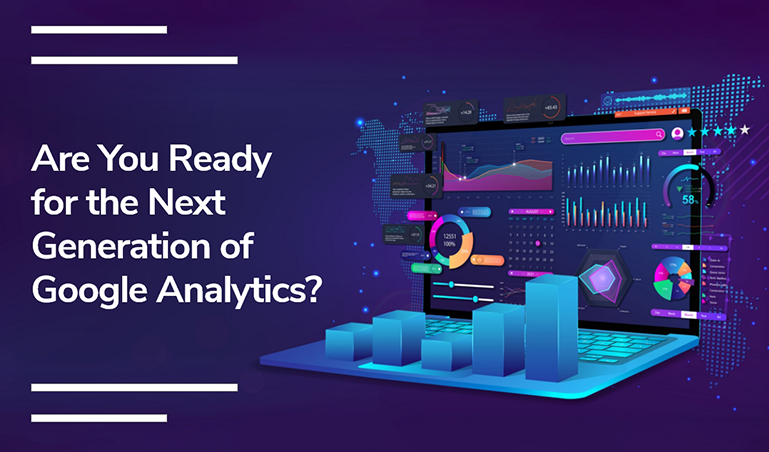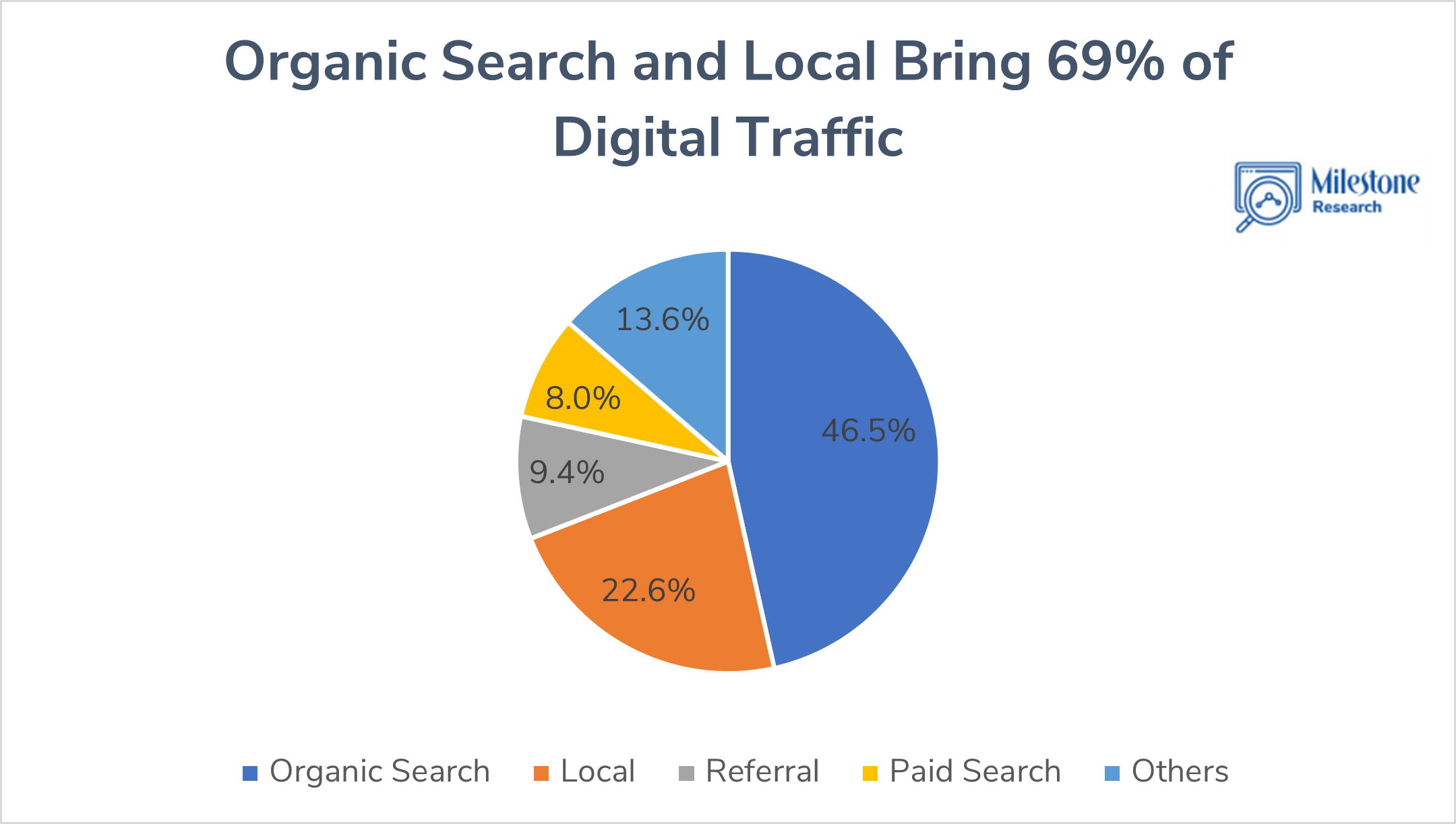Due to the Covid-19 pandemic retailers, banks, restaurants, and many other sectors were forced into years of growth in digital penetration within the first few months of the pandemic to stay in business.
A rapid surge in change and traffic can provide marketers a better understanding of customers if they capture, store, report, and interpret the right data.
When you can measure it, it is easier to plan, align, manage, and hold people accountable to on-time delivery. Marketing benefits from a healthy portion of data and objectivity in its processes.
What is data-driven marketing?
When marketers create their strategies and tactics according to data analysis, it’s called data-driven marketing. It allows them to make better decisions and improve program and campaign performance. The key is identifying the data that best represent the factors that impact the results.
Take a concept from manufacturing, kaizen or continuous improvement, and apply it to marketing programs. Marketers who use the right data to tune the programs will pull away from their competition and create operational advantages in growth and profit.
What KPIs should marketers focus on?
The prime aim of measuring KPIs is to help businesses understand how they’re performing relating to strategic goals and objectives. Let’s take a deep dive into smartly curated KPIs each marketer must consider.

- Email managers usually look at bounce rate, open rate, click rate, and form fill rate
- Site managers usually look at bounce rate, visits, pages per visit, time on page, time on site, conversion to form fill, conversion to sale
- SEO managers usually look at impressions, rank, CTR, conversion to form fill, conversion to sale
- Paid managers usually look at channel mix, reach, frequency, CPC, CPA, CPL, and ROI.
- PR managers usually look at placements, mentions, reach, engagement, sentiment, and referral visitors
- Social media managers usually look at impressions, engagement, visitors, and leads
Marketing leaders usually look at all of the above data and
1. CAC (Customer Acquisition Cost)
One of the most crucial KPIs for all marketers is CAC. The cost spent on acquiring a new customer is called CAC.
2. Conversion rate
No other KPI can predict a product and campaign better than conversion rate. It measures the % of visitors that move from one stage in the customer journey to another. For example, visit to lead, lead to meeting, meeting to purchase. Knowing the conversion rates allows you to determine the volume needed at the top of the funnel to meet the target goal at the bottom of the funnel.
3. Churn rate
It reflects the customer attrition rate for a certain period. 1-churn rate = retention rate. A higher churn rate indicates unsatisfied customers and problems to be found and fixed. Keeping a low churn rate is crucial for marketers since a company’s profitability is directly proportional to its long-term clients.
What’s the impact of data-driven marketing on the company?
Customer information allows marketers to have a laser-sharp understanding of the target audience and their interaction with the offering. The result? Ad campaigns that better reach consumers at the right time with the right message. Besides that, data couldn’t only reveal a target audience’s preferences; it could also indicate what channels a brand must use to engage with the audience now and in the future.

According to research, 78% of firms claim data-driven marketing maximizes customer acquisition and lead conversion. Moreover, taking a data-driven approach to digital marketing allows companies to make more-informed decisions. It helps make choices according to real-world use cases rather than opinions and guesses.
The impact of data-driven marketing on reporting
Data-driven marketing reports are an integral tool for appropriately measuring marketing performance, understanding marketing efforts, and evaluating progress towards business goals. A data-driven marketing report contains useful analytics that evaluate website performance and marketing efforts. Data-driven marketing reports help marketers determine where to spend time and money to get the best results.
For instance, for B2C companies, a data-driven marketing report will determine how much a website should be optimized for mobile users. Similarly, for B2B companies, it will determine how much a website is and should be optimized for desktop users.
Top data-driven marketing challenges
1. Data collection
Most marketers feel overwhelmed by the idea of gathering customer information. A few wonder where to find the information. Some find themselves paralyzed by the available information’s overabundance. The result? To overcome it, start with website analytics, advertising tools, ERP system, and various other tools to get insights into customer interactions.
2. Automated reporting and visualization
To benefit from it, you should use real-time information. The challenge? Manually updating that data regularly is a tedious task. To tackle this situation, utilize marketing analytics, marketing dashboards, and visualization platforms to connect all the data sources in one place.

3. Creating a data-driven culture that agrees that facts come before opinions
Figure out the right KPIs and let them create the foundation of division reporting and executive discussion and decisions making. Lead with data to discuss and resolve disagreements.
How does a data-driven approach affect employee compensation?
A data-driven organization will make employee evaluation and compensation more objective and fair. When employees have clear targets, people in different departments can be compared and compensated for their percent of plan achievement while minimizing the impact of relationships and favcortism.
How does a data-driven approach help reduce subjectivity and opinion-based decisions?
Gut instinct and intuition can bring little value in making crucial business decisions. However, they aren’t reliable to make informed decisions. Following a hunch without utilizing a data-driven approach is significantly risky. Therefore, a data-driven approach is essential for organizations to be objective about decisions and not subjective. It provides the tools to better understand, quantify and verify the results of decisions.

Moreover, a data-driven strategy depends on collecting and analyzing data. Therefore, it demands a systematic approach. Looking over website analytics or glancing at the sales numbers isn’t enough. Without a systematic approach, it’s easy to give in to unseen assumptions and biases. Therefore, a data-driven approach helps steer the company towards success based on facts and not emotions or opinions.
How do you balance data-driven marketing with the less tangible marketing objectives of empathy, tone, personality, style, and brand affinity?
Most of these soft marketing objectives require judgment of people with decades of experience, which is also a source of data. That judgment should be a major reason why the top people in the Marketing department were hired to manage it. Data can bridge towards these objectives in the form of customer interviews, surveys, the Net Promoter Survey, the conversion rates, and the retention. If some of these indicators are off, sometimes it is the tone or style or voice that needs to be adjusted. This can be done in a data-driven manner by creating alternative assets with intentionally different style but the same benefits and offers to see if the consumers respond better to it.
How does data-driven marketing help improve customer focus?
Customer relationship management systems, data management platforms, and brand intelligence solutions – they’re all enabling firms to better manage huge amounts of data and better understand customers according to their behaviors. Consequently, brands and marketers effectively reach customers precisely in their purchasing journey with timely and relevant messaging. All of this is happening due to data-driven marketing and since marketers can target potential audiences based on their behaviors, purchasing decisions, and preferences. It’s ultimately enhancing customer focus since today’s customers demand real-time messaging and a personalized shopping experience while interacting with any brand.
This is the right time
Today’s customer expectations require data-driven marketing, specifically when combined with an ever-growing number of applications, channels, and devices to reach them. Once implemented, data-driven marketing allows brands and marketers to harness the power of data by creating personalized experiences, effectively optimizing spending, and driving great ROI.
We predict that the more successful marketing departments will be more data-driven in the coming years. Companies and marketers that are leveraging the intelligence that can be gleaned from the data they collect about customers will have a competitive edge. Additionally, the brand affinity and loyalty that data-driven marketing encourages will bring better ROI.
Milestone offers customers dashboards, analytics, and insights through its Milestone experience platform that help them achieve industry-leading growth and success.
Milestone increases acquisition by enhancing digital experience and increasing content visibility. Contact us at [email protected] or call us at 408-200-2211.


